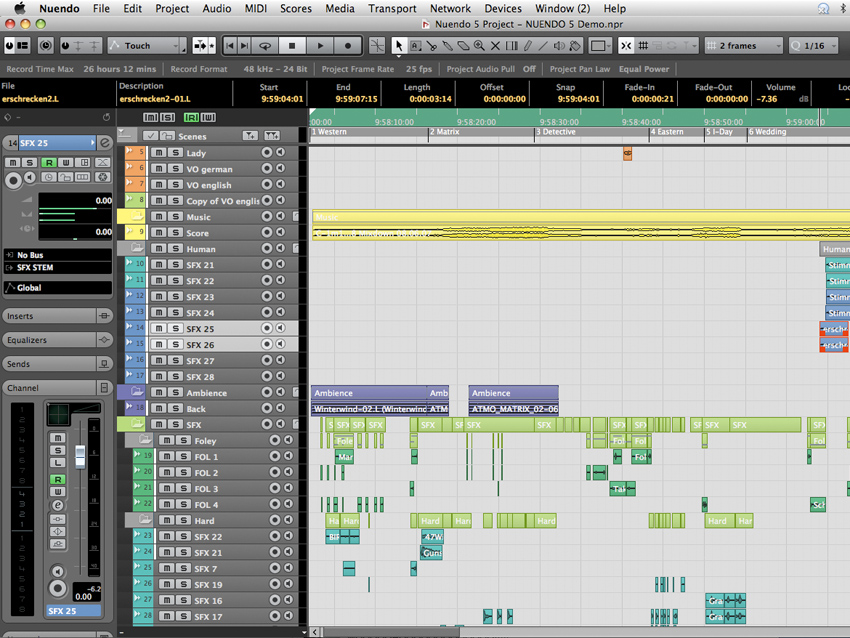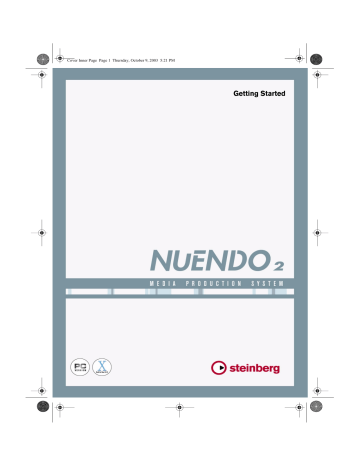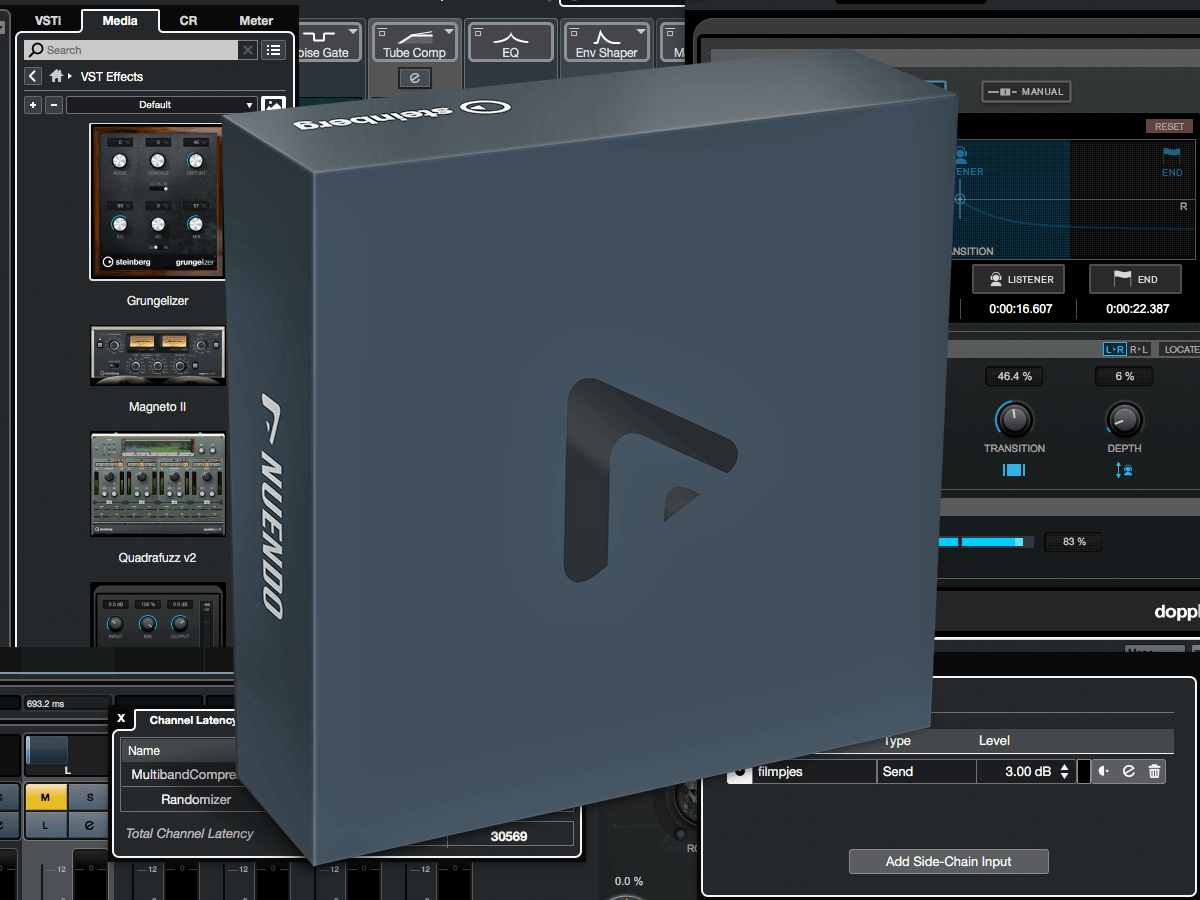

That means removing it risks taking the good with the bad. That means it can overlaps bass grooves, dialogue lines, and wilderness fx recordings. It is broadband, meaning it can occur in every audio frequency. What’s more, noise competes with the good audio in recordings. Just like static on a television, noise is unpleasant to hear. Every microphone, preamp, and recorder adds a tiny bit of noise, and low-quality gear adds more of it. For those recording outside, subtle wind can add a troublesome hiss to tracks. You can hear it from fans and air conditioners. It is an airy, hissy sound that appears throughout recordings.

Noise is one of the biggest problems experienced when recording audio. In most cases, steps include selecting the damaged area and specifying how much the level should be reduced.Ĭheck out iZotope RX or Accusonus’ ERA De-Clipper to repaired severed audio. They work by looking at the audio on either side of the clipped section, and use that to recreate the damaged audio. Thankfully, there are a few plug-ins that help. The loudest part of the signal is lost, and not recorded at all. Beyond this unpleasant sound, clipping means that audio is not captured completely.

Often it has a distorted or saturated sound to it. The result? The loud sound is “clipped”, and missing part of the audio.Ĭlipped audio sounds nasty. Instead, they capture what they can, and cut off what they cannot. When loud sounds are captured with these “hot” gain levels, recorders are overloaded, so to speak. While this smushed waveform is easy to spot, the real problem isn’t the way it looks: instead, it indicates damaged audio.Ĭlipping usually happens when recording levels are set too high, or when sounds are excessively loud (e.g., fighter jets).
#Nuendo 5 audio breaks how to
Let’s take a look at common audio problems and learn how to fix them:Ĭlipping is a common audio problem where the top of a waveform is flattened or “clipped off”. With time, patience, and careful listening, damaged audio can be repaired and artifacts reduced to imperceptibility.
#Nuendo 5 audio breaks software
So, even the best software or techniques risk creating what is known as artifacts. Just like seeing cracks in a glued tumbler, often there are subtle problems with audio even after its repaired. The goal is to repair audio as best as possible, however, it is nearly impossible to make a sound appear completely undamaged. It’s like repairing a shattered glass yes, you can glue the shards back together again, but the result won’t be the same as an unbroken glass. Why is audio restoration so tricky? Well, making damaged audio sound completely immaculate isn’t easy. Often this practice of audio restoration is a diligent, difficult, and time-consuming process with one goal: repair problems as transparently as possible. Often sophisticated controls are used to tweak the settings for the finest control. Of course, it’s more complex than clicking a single button. These plug-ins select slivers of problematic audio and fix them piece by piece.
#Nuendo 5 audio breaks pro
Most of the time these take the shape of audio plug-ins used in tandem with editing software like Nuendo, Pro Tools, and Reaper. Because of this, software has been designed to fix them. While annoying, audio problems like these are normal. Often environmental problems occur that damage even the most prepared sessions: noise, RF interference, rumbles, and whines. Sound problems can occur from simple human errors, such as setting levels improperly, misaligning microphones, and more. It’s not easy to capture completely pure audio recordings. It shares 4 tips to reclaim and improved damaged audio. After all, it’s not easy to record the same audio again. It’s a frustrating experience to realize recordings captured on location are filled with problems. You realize you set your levels too high and the stock car passes by have peaked. Perhaps the main character’s dialogue is soaked with hiss. Then, when you load the tracks into your editing app, you notice a problem.

Maybe you completed a field recording session of roaring race cars. Perhaps you’re a production sound mixer, and have just finished weeks of a gruelling film shoot. You finally got your band into the studio to lay down some tracks.


 0 kommentar(er)
0 kommentar(er)
